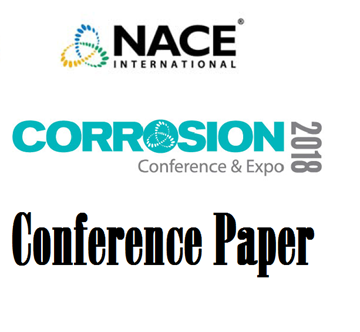Search
Products tagged with 'autoclave testing'
View as
Sort by
Display
per page
51318-10918-Control of Corrosion Inhibitor Fouling in Highly Sour System
Product Number:
51318-10918-SG
Publication Date:
2018
$20.00
Development of Corrosion Inhibitor with Low Toxicity for High Temperature/High Shear Applications
Product Number:
MECC23-20153-SG
Publication Date:
2023
$20.00
Formulators in the Field: The Effect of Over-Cure or Under-Cure of Polyclamine Cured Epoxy Linings
Product Number:
41216-993-SG
Publication Date:
2016
$20.00
Mitigation of Caustic Corrosion: Alloy and Process Considerations for High Velocity Thermal Spray Cladding
Product Number:
MPWT19-14436
Publication Date:
2019
$0.00
NACE TM0185-2006, Evaluation of Internal Plastic Coatings for Corrosion Control of Tubular Goods by Autoclave Testing
Product Number:
21217-SG
$179.00
TM0171-HD1995-SG Autoclave Corrosion Testing of Metals in High-Temperature Water-HD1995
Product Number:
21203-HD1995
Publication Date:
1995
$179.00
TM0185-HD1993-SG Evaluation of Internal Plastic Coatings for Corrosion Control of Tubular Goods by Autoclave Testing-HD1993
Product Number:
21217-HD1993
Publication Date:
1993
$179.00
Trends in Tank Lining Test Methodology for Oil and Gas Service
Product Number:
41216-972-SG
Publication Date:
2016
$20.00








